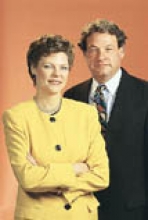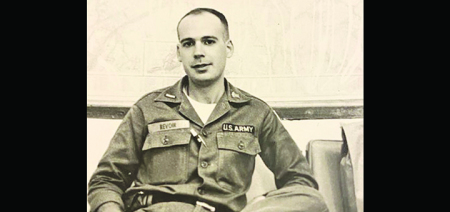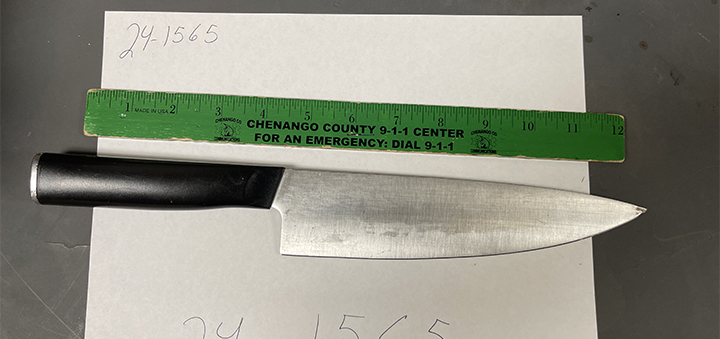The Crowded Media Marketplace
Published:
January 26th, 2007
By:
Steven and Cokie Roberts

President Bush has been selling his new Iraq strategy in all the traditional ways: A solemn prime-time speech from the White House; a “60 Minutes” interview at Camp David in an open-necked shirt; a visit to Fort Benning surrounded by cheering soldiers in camouflage uniforms.
It all looks and sounds so 20th century, and it’s not working. More than six in 10 Americans still tell pollsters the war is not worth fighting, and of course the main reason is the deteriorating situation on the ground. Even the president, after years of denial, admits that the catastrophe he created is “unacceptable,” and the new Democratic majorities in Congress now have far greater standing to voice their criticisms.
But one huge obstacle blocking the president’s media campaign is the changing nature of the media itself. The American president has always had the biggest microphone in the world, and using his “bully pulpit” to manage information and shape public opinion is one of the major powers of the office.
Since Bush took office six years ago, however, the rapid advance of smaller and cheaper communications devices – laptops, cell phones, handheld computers, digital cameras, satellite uplinks – have all accelerated what Thomas Friedman calls the “democratization of information.” The president’s power to shape what people know and how they think has been seriously eroded.
The Evening Sun
Continue reading your article with a Premium Evesun Membership
View Membership Options
Comments





(1).jpg)

